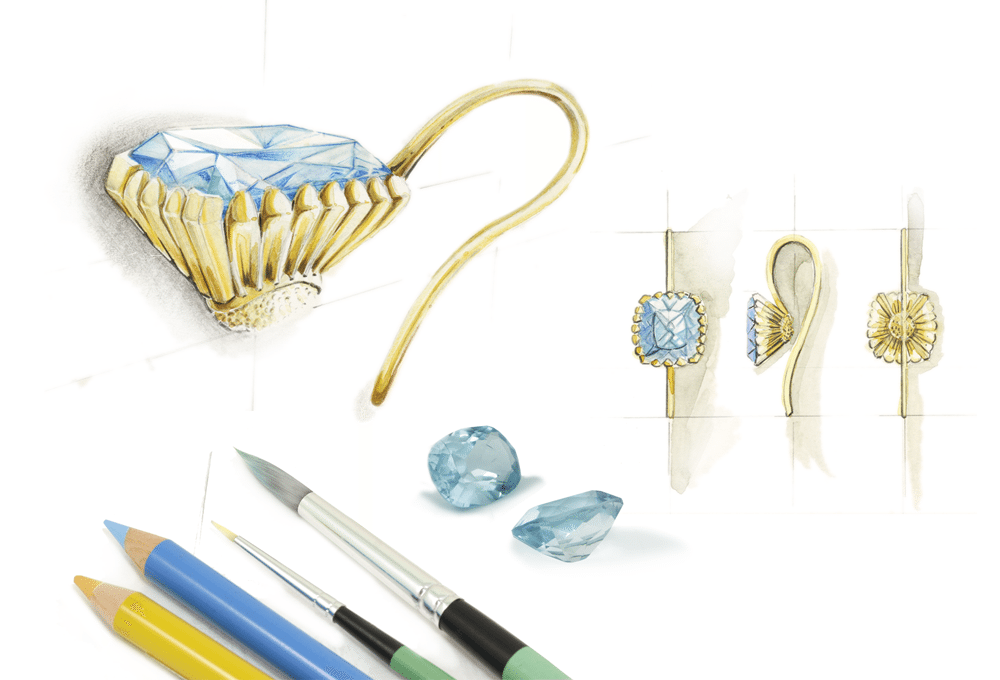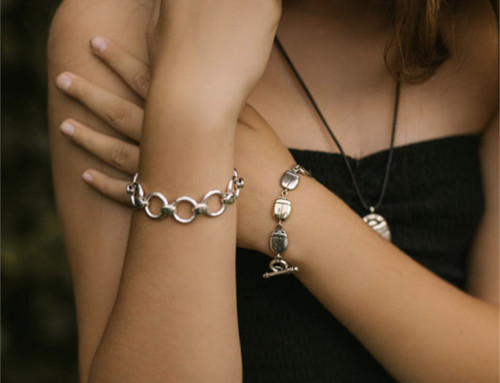Aquamarine Facts, Lore and Legend.
The Enduring Appeal of the Aquamarine
The name ‘aquamarine’ is derived from the Latin words for water and sea. Aquamarine is the blue to blue-green variety of beryl. The group beryl contains other gem varieties, including emerald, and some lesser-known varieties such as morganite and heliodor. The majority of aquamarine is found in Brazil, but it is also mined in Kenya, Nigeria, Madagascar, Zambia, Tanzania, Sri Lanka, Pakistan, Russia and Namibia.

This solid piece of Brazilian Aquamarine – known as the Dom Pedro – is housed at the Smithsonian Institute. Image by Greyloch on flickr.
In the late 1980s, an exceptionally large crystal was found by three Brazilian miners in Minas Gerais, Brazil. The prospectors or garimperos, allegedly dropped the metre-long aquamarine, breaking it into three pieces. Two of the pieces were fashioned into jewellery; the most spectacular piece was saved and transformed into what is now known as the Dom Pedro Aquamarine which is housed at the Smithsonian Institute – shaped into an obelisk that appears to glow internally. The amazing finished piece is nearly 36 cm, and weighs a whopping 10 363 carats or about 2,2 kg. It is estimated to contain aquamarine worth six million dollars.
The aquamarine is well known for its distinctive blue-green colour, evoking images of crystal clear sea water, and the exhilaration and relaxation of the ocean. Shades range from deep teal to a pale, crystal blue. The depth of colour is largely influenced by the amount of iron found in the gem’s structure. Aquamarines on the market today are usually faceted, but when cut as a cabochon, they may display asterism. Those readers who have been following our blogs will remember that asterism is the star effect caused by inclusion in the gem. Take care of aquamarine jewellery as, even though the stones are durable, they can pick up scratches due to rough wear.
It is said that aquamarine protects sailors at sea, and many believe that this stone has the power to bring them home safely so they carry aquamarine amulets to protect them. During World War II, the US Navy commissioned a coastal patrol yacht called the USS Aquamarine.Those who believe in the natural healing powers of crystals use aquamarine to help alleviate symptoms of stress or use them as worry stones.
The ancient Romans believed that their god of the sea had a special affiliation with aquamarine. According to legend, Neptune obtained the stone when it fell out of the sirens’ jewellery box and washed up on the shore. These beliefs assisted the notion that aquamarine provides protection for sailors.







Leave A Comment